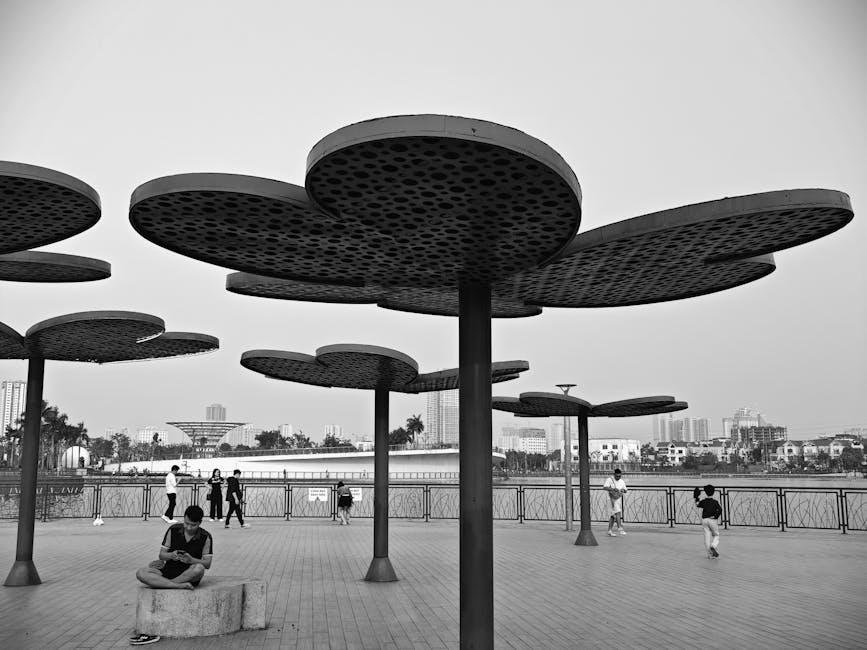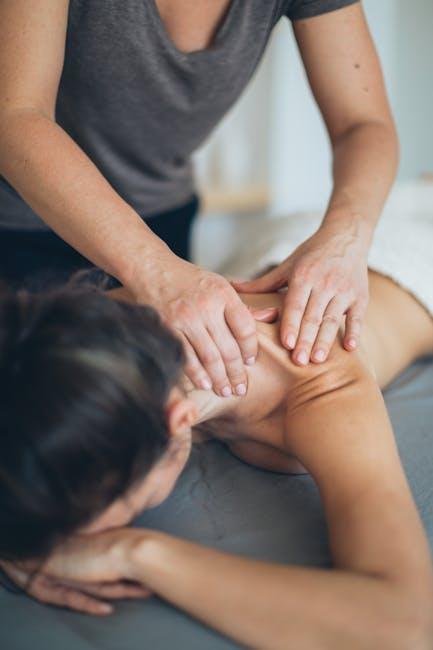In a world that relentlessly champions productivity and bustling schedules, the art of doing nothing has become a rare luxury, frequently enough overshadowed by the relentless drive for achievement. Yet, in the quiet corners of existence, there lies an innate and powerful practice—an elixir for the overstimulated and the weary. “The Art of Doing Nothing: how to Relax Without Guilt” invites you to explore the transformative journey of embracing stillness.Here, we unravel not just the concept, but also the profound benefits of allowing yourself to pause, reflect, and simply be. Join us as we peel back the layers of societal expectations, redefine what it means to rest, and empower you to reclaim your right to a leisurely moment—guilt-free.
Cultivating a Guilt-Free mindset Towards Relaxation
To embrace relaxation without the shadow of guilt, it’s essential to reframe your viewpoint on rest. Begin by recognizing that downtime is not merely an absence of productivity, but a vital component of a balanced life. Consider these key points to cultivate a guilt-free mindset:
- Prioritize Self-Care: Acknowledge that self-care is essential for mental health and overall well-being.
- Set Boundaries: Create designated times for relaxation, ensuring they are respected as much as work hours.
- Practice Mindfulness: Engage in activities that promote presence, allowing you to fully enjoy moments of leisure.
It’s also helpful to challenge the narrative that equates productivity with self-worth. Reflect on the invigorating effects of relaxation and how they can enhance your creativity and efficiency. One practical approach is to keep a relaxation journal, tracking how these moments of rest positively impact your mood and productivity. You might even find joy in simple activities, such as:
| Activity | Benefit |
| Reading a book | Enhances imagination and knowledge |
| Taking a walk | Boosts mood and physical health |
| Meditating | Reduces stress and improves focus |
| Enjoying a hobby | Fosters creativity and joy |

Rediscovering the Simple Joys of leisure Activities
In our fast-paced world, the notion of leisure frequently enough feels like an afterthought, overshadowed by deadlines and responsibilities. Yet, indulging in leisure activities can be a transformative experience that revitalizes our spirit. It is essential to reconnect with simple joys, whether that means curling up with a captivating book, tending to a garden, or taking a leisurely stroll in nature. activities like these not only enrich our lives but also cultivate mindfulness, allowing us to savor each moment without the pressure of productivity hanging overhead.
To truly embrace the art of leisure, we can explore a variety of simple activities that bring joy without demanding much effort. Here are some delightful suggestions to get started:
- Sketching or doodling: Let your creativity flow without worrying about the final product.
- Listening to music: Create a playlist that transports you to your happiest memories.
- Engaging in puzzles: Enjoy a crossword or Sudoku challenge without the rush.
- Cooking for fun: Experiment with new recipes or bake something you love.
Consider breaking down your leisure pursuits into bite-sized tasks that make it easier to immerse yourself in the experience. Here’s a simple table to illustrate how you might organize your leisure time effectively:
| Activity | Frequency | Duration |
|---|---|---|
| Reading a novel | Daily | 30 minutes |
| Nature walks | Weekly | 1 hour |
| Cooking new recipes | Bi-weekly | 2 hours |
| Doodling | Whenever inspired | 15 minutes |
By scheduling and embracing leisure as an important part of your life, you create space for relaxation without guilt, allowing each moment to blossom into a simple joy.

mindfulness Techniques to Enhance Your Downtime
Incorporating mindfulness techniques into your downtime allows you to fully experience moments of relaxation without the weight of guilt. Start by finding a tranquil space where you can disconnect from digital distractions and focus on your senses. As you settle down, take a few deep breaths to ground yourself. Close your eyes and engage in a simple practice like the 5-4-3-2-1 technique, which encourages you to identify:
- 5 things you can see – Observe the details around you.
- 4 things you can touch – Feel the textures of your surroundings.
- 3 things you can hear – Listen to the sounds that surround you.
- 2 things you can smell - Close your eyes and breathe in the aromas.
- 1 thing you can taste – Savor a piece of chocolate or sip your drink mindfully.
Another effective technique is to practice guided imagery. Close your eyes and imagine a peaceful landscape; it coudl be a serene beach or a tranquil forest. Visualize the colors, sounds, and sensations you would experience in that setting. To enhance this experience, you can create a simple table to keep track of different landscapes you envision and how they make you feel:
| Landscape | Feelings |
|---|---|
| Serene Beach | calm, relaxed, free |
| Tranquil Forest | grounded, centered, peaceful |
| Mountaintop View | Inspired, uplifted, clear-minded |

Creating Your Personalized Relaxation Space
Transforming a corner of your home into a personalized haven can be a deeply rewarding endeavor. Start by selecting a space where you feel most at peace—perhaps a sunny nook by the window or a quiet area strewn with plush cushions. Incorporate elements that soothe your senses, such as soft textiles, calming colors, and gentle lighting.Consider adding a few essential items to enhance the relaxation experience:
- Comfortable seating options like a bean bag or hammock
- Soft blankets and throw pillows
- A small bookshelf or a basket for your favorite reads
- Speakers or a sound machine for ambient music or nature sounds
- Indoor plants to bring nature inside
Next,personalize your relaxation zone with things that inspire tranquility and joy. Perhaps a small table dedicated to your favorite hobby—be it painting,journaling,or sipping herbal tea. Consider creating a mood board with images that resonate with serenity, or even fill the space with scents that elevate your spirits. Use the table below as a guide for simple additions that can enhance the ambience of your relaxation space:
| Element | Purpose |
|---|---|
| Essential Oils | Calming scents to promote relaxation |
| Color Palette | soft colors to reduce stress |
| Artwork | Visual inspiration and joy |
| lighting | Warm, soft lighting for a cozy atmosphere |
Final Thoughts
in a world that often glorifies constant busyness, embracing the art of doing nothing may feel revolutionary. Yet, amidst our fast-paced lives, taking a step back can be one of the most profound acts of self-care. By practicing the art of relaxation without guilt, you allow yourself the space to recharge, reflect, and reconnect with your inner self.
As you move forward, remember that the moments of stillness you carve out in your day are not mere interludes of idleness; they are invitations to cultivate creativity, clarity, and a deeper sense of well-being.Whether it’s savoring a quiet cup of tea or simply gazing out the window, these pauses serve as vital reminders that you are not just a doer in this world but also a being deserving of rest and tranquility.
So, let go of the pressure to fill every moment with productivity. Embrace the beauty of doing nothing and discover how it can enrich your life in ways you never imagined. After all, in the gentle art of stillness lies the profound truth that sometimes the best way to move forward is to take a step back. Here’s to finding joy in the pause and redefining what it means to truly relax, one moment at a time.

